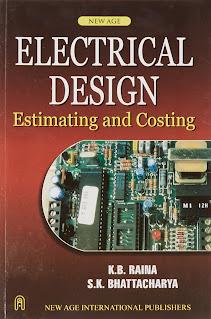⚡Electrical Basic Units⚡
The standard units of electrical measurement used for the expression of voltage, current and resistance are the Volt [ V ], Ampere [ A ] and Ohm [ Ω ] respectively.Electrical Units & Symbols
QUANTITY
|
SYMBOL
|
UNIT
|
SYMBOL
|
Capacitance
|
C
|
Farad
|
F
|
Charge
|
Q
|
Coulomb
|
C
|
Conductance
|
G
|
Siemens
|
S
|
Current
|
I
|
Ampere
|
A
|
Energy
|
W
|
Joule
|
J
|
Frequency
|
f
|
Hertz
|
Hz
|
Impedence
|
Z
|
Ohm
|
Ω
|
Inductance
|
L
|
Henry
|
H
|
Power
|
P
|
Watt
|
W
|
Reactance
|
X
|
Ohm
|
Ω
|
Resistance
|
R
|
Ohm
|
Ω
|
Voltage
|
V
|
Volt
|
V
|
The Basic Electrical Quantities and Their Units
Potential Difference:
It is defined as the difference of electric potential between the two points in an electric circuit.
Its symbol is V and the unit of measurement is volts.
The instrument used to measure the potential difference is called as Voltmeter. The voltmeter is always connected in parallel with the circuit whose voltage is to be calculated.
Potential Difference:
It is defined as the difference of electric potential between the two points in an electric circuit.
Its symbol is V and the unit of measurement is volts.
The instrument used to measure the potential difference is called as Voltmeter. The voltmeter is always connected in parallel with the circuit whose voltage is to be calculated.


